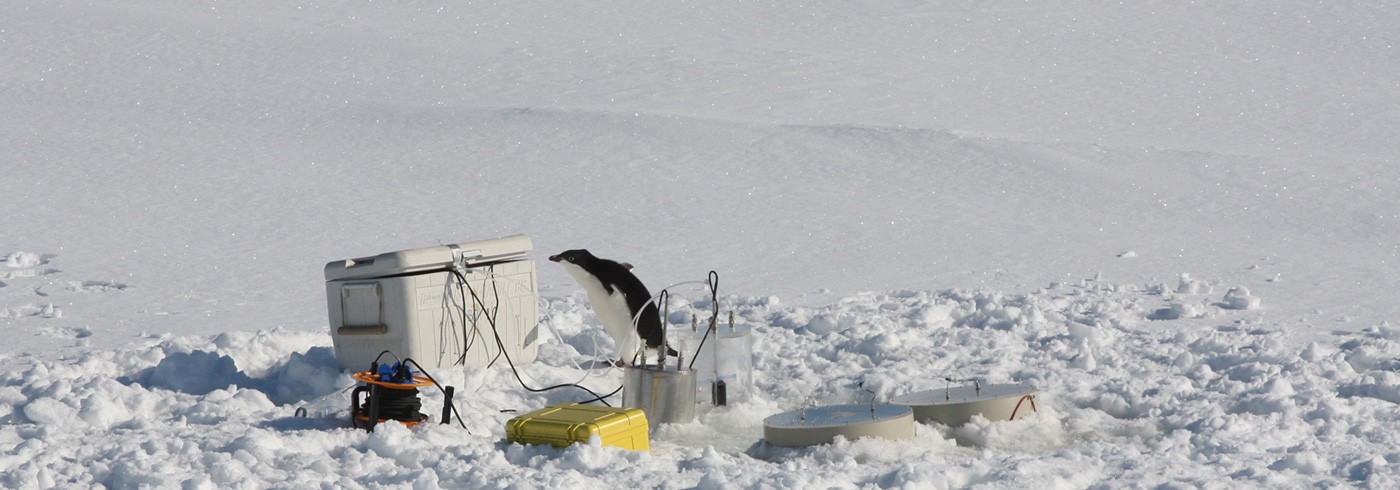The biogeochemical cycle of organo-halogens
26 November 2008 - 6 January 2009Volatile halogenated organic compounds (organohalogens) are ubiquitous trace constituents of the upper oceans and the atmosphere. They play a significant role in atmospheric chemistry and the biogeochemical cycling of the elements chlorine, bromine and iodine in the global environment.
The overall objective of the project was to better understand the key processes that determine the flux of these compounds from the sea to the atmosphere in polar regions, thereby inf luencing the ozone chemistry in the polar troposphere. The project contributes to our understanding of the role of both chemical and biological production and degradation of organo-halogens in regulating the oxidising capacity of the atmosphere. It also improves our knowledge of the natural biogeochemical cycling of halogens in polar regions.
The project had three principal themes:
- Field and observational studies on fluxes over interfaces and as in situ production rates.
- Experimental studies of rates and mechanisms of abiotic and biotic production and degradation.
- Distribution studies on vertical mixing and degradation and processes close to sediments.
The project participated in two legs, Gothenburg–Montevideo and Montevideo–McMurdo. Halocarbons were determined in air samples and in surface seawater collected continuously through the ship’s surface-water inlet. Seawater samples were also collected from the rosette sampler at 44 stations, with special emphasis on high-resolution depth profiles in the deepest 50 m. At the ice stations we sampled ice cores, surface seawater, snow and brine for the determination of halocarbons. At four 24-hour stations, specially designed flux chambers were placed on sea ice in order to measure the flux of halocarbons.
This year’s cruise gave us the opportunity to make an inter-annual comparison of the f luxes of halocarbons over the Atlantic and along the coastline of Chile. The concentrations of 15 naturally produced halocarbons in surface water and air varied considerably along the cruise track with the highest values in high productivity areas in the North Sea and along the coastline of Chile, which correlates well with the crossing in 2007.
One of the most challenging parts of the project was to measure the fluxes of halocarbons in sea ice. Our results are most promising. Iodine-containing compounds were produced in the ice by microorganisms, whereas the bromine-containing compounds had their sources in seawater. The difference in origin was ref lected in the distribution of compounds in the upper water column, where brominated compounds dominated in open water, and iodinated in ice covered areas.
Studies of the distribution of halocarbons in the water column showed the possibility to use halocarbons as indicators of glacier melt water and remineralisation.

